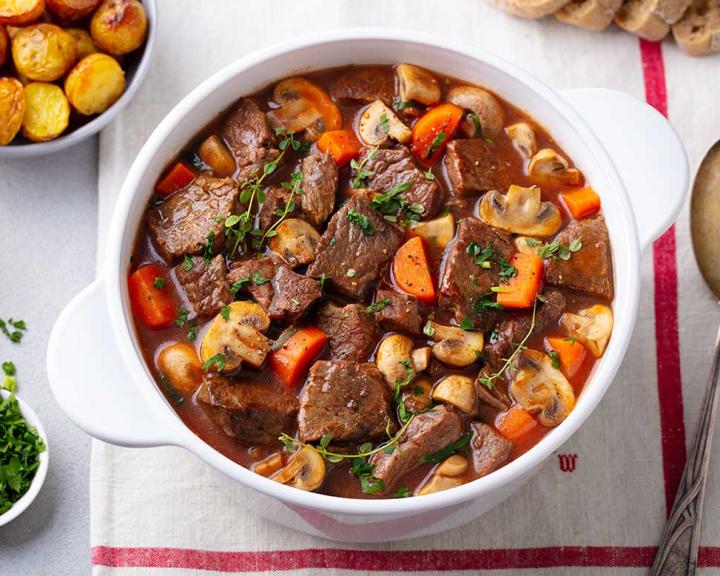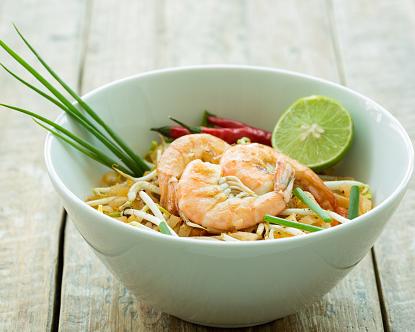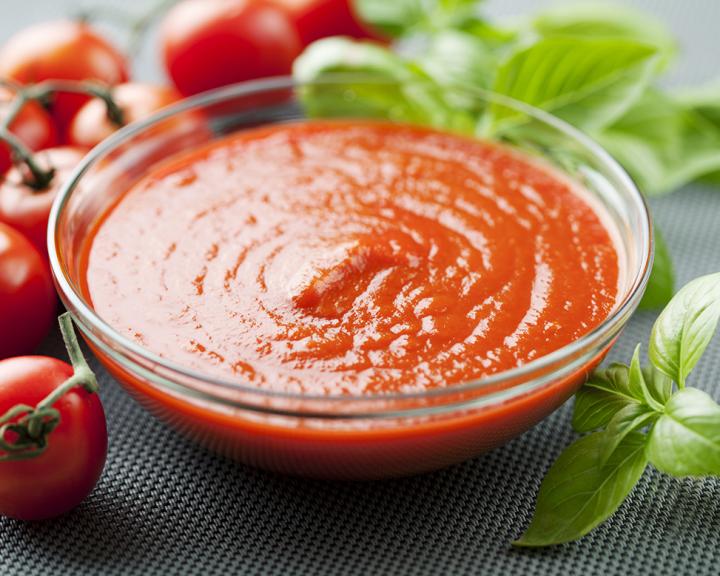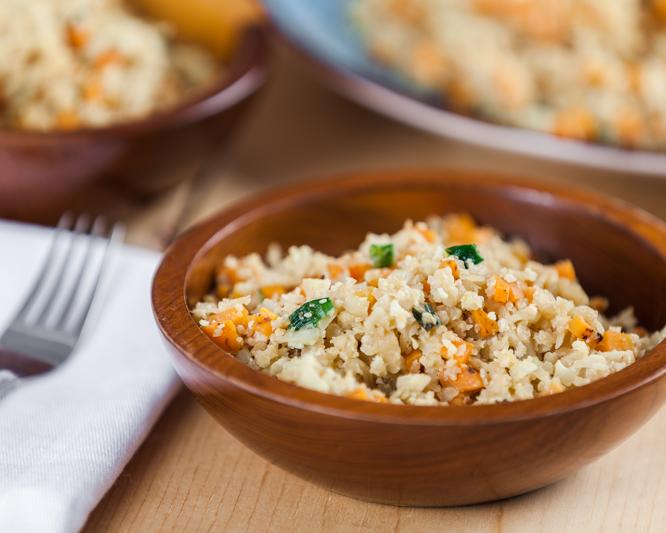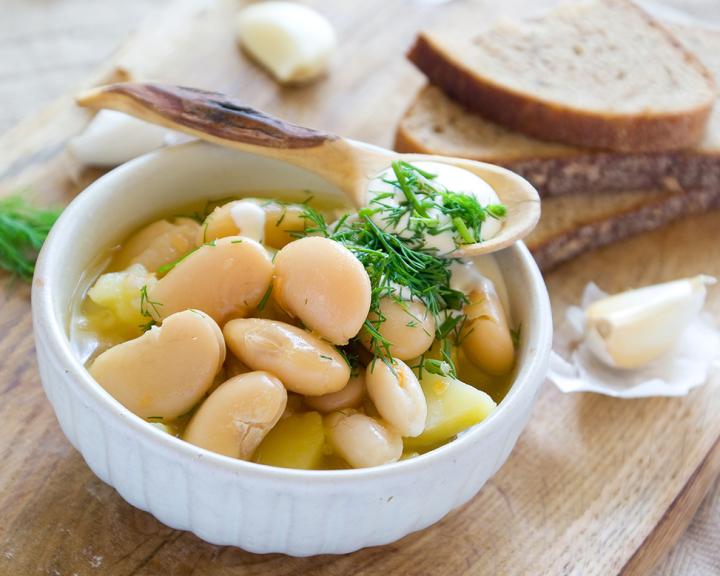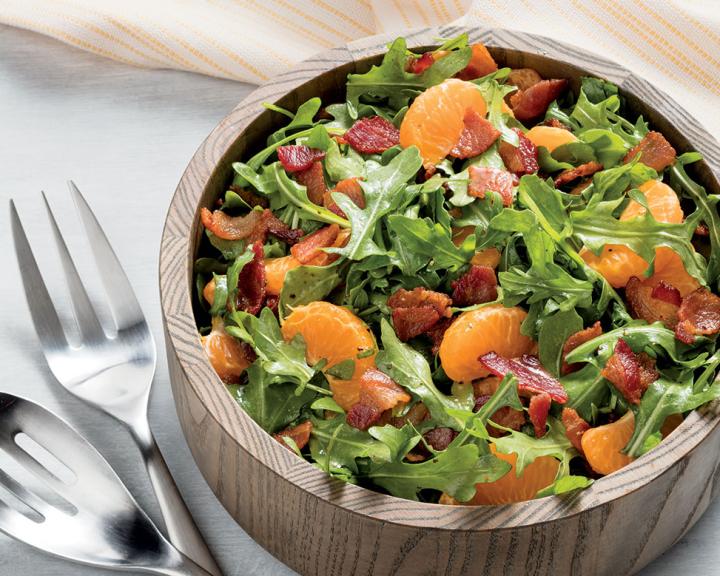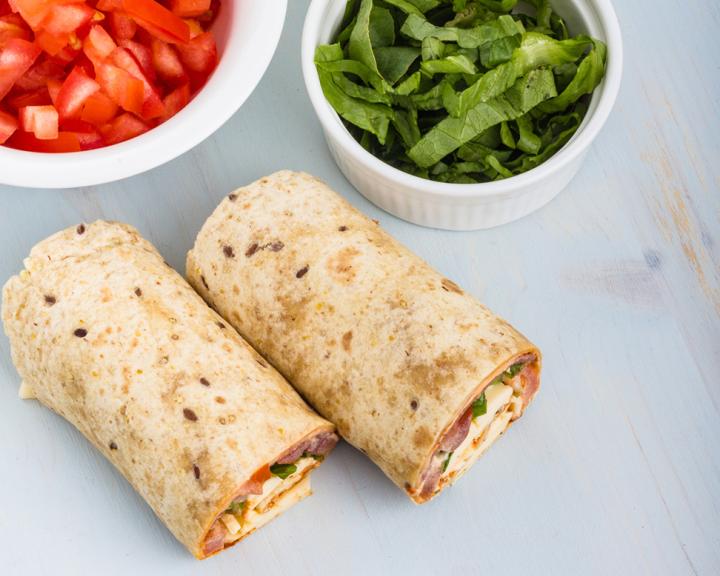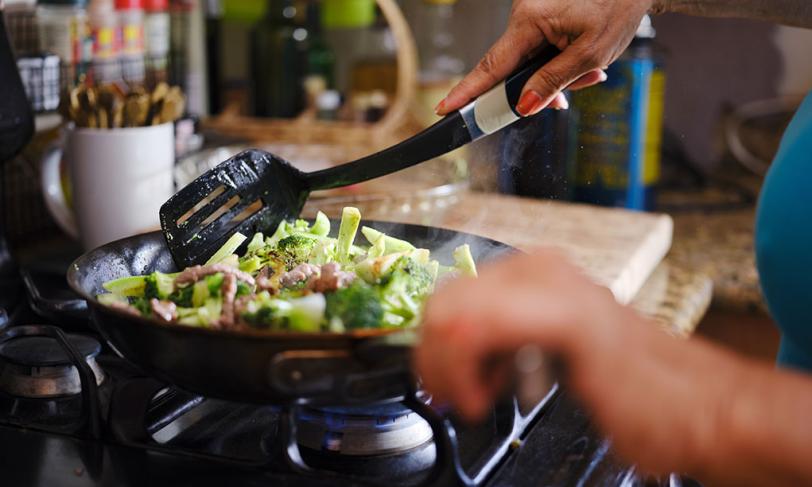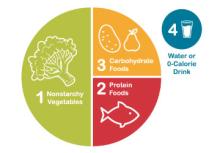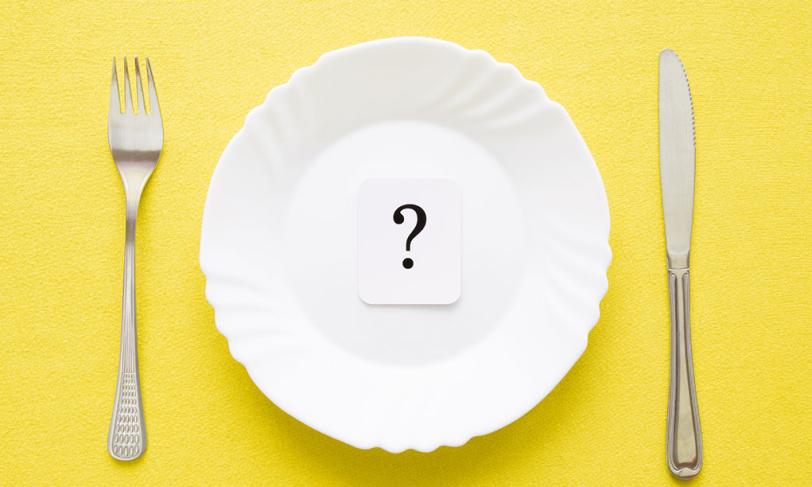If diet is so important for managing diabetes, surely there is one perfect diet that everyone with diabetes should follow, right? The media, the internet, your Facebook feed, and even your Aunt Judy all have opinions about the correct diet for diabetes. So, what’s the answer? Every year, U.S. News surveys popular diets and eating patterns—including keto, Mediterranean, vegan, DASH, and others—and then reviews the scientific evidence to compile their annual list of best diets for diabetes. This year’s results may just surprise you.
Every year, U.S. News gathers a panel of experts to review and rank the best “diets” for overall health, weight loss, heart health, diabetes, and other categories.
The panel reviews the most up-to-date research and evidence on each diet and its claimed health benefits. They also consider how easy the diet is for people to follow and stick to, and if health benefits, such as weight loss, last in the long term.
Topping the list of “Best Diets for Diabetes” is the Mediterranean diet (this diet was also ranked #1 in “Best Overall”). Next is a four-way tie for second place between DASH, Flexitarian, Mayo Clinic, and Vegan diets.
What do the top-ranked diets have in common?
1. They’re not really “diets.”
At least not in the modern sense. These diets are not considered temporary regimens to “detox,” “reset,” or reach a certain goal quickly. They’re more like eating patterns that are intended to be permanent.
With the exception of vegan, none of the top-ranked diets cut out certain foods or nutrients, or have strict rules to follow. And none of them require you to count calories or carbs.
2. They focus on plant foods.
All of these patterns encourage eating more plant foods like vegetables, fruits, whole grains, beans, and legumes (the vegan diet goes even further by only allowing plant-based foods—it eliminates all animal products, including meat, poultry, fish, eggs, and dairy foods).
Research overwhelmingly supports the benefits of eating more plant-based foods. Plant foods are packed with vitamins, minerals, and antioxidants that are important for general health. They’re also the best source for fiber, which helps manage blood glucose.
Essentially, plants are nutrient-dense and low in calories, giving you a lot of bang for your buck!
3. They don’t focus on restricting carbs.
You may notice that the list does not include any diets focused on restricting carbs like keto or Atkins. While research shows that reducing carb intake can help manage blood glucose, there’s not enough evidence to say that people with diabetes need to cut out all carbs.
The bigger issue is that very low carb diets can also be hard to stick with in the long run. It may be easier to start by focusing on the quality of carbs, monitoring your portions, and following a flexible healthy eating pattern for long-term benefits.
4. They’re not “fads.”
The most successful patterns have all been around for a long time. The Mediterranean diet may seem like a new fad, but it’s based on the way people in the Mediterranean region have been eating for centuries.
The “Flexitarian diet” may also sound fancy and new, but many people already eat this way, whether they’re trying to or not.
Veganism has also been around for a long time, and some people choose to eat this way for ethical or environmental reasons as well as health reasons.
5. They’re backed by science.
All of the top-ranked diets have been extensively researched and have a mountain of scientific evidence backing them up. DASH and Mayo clinic diets were developed by respected, evidence-based institutions.
Mediterranean, vegan, and “flexitarian” eating patterns have been around for a long time, but they are getting trendier as more and more research shows their health benefits.
Which should you choose?
It’s important to note that none of these eating patterns are particularly “better” than the others. With a four-way tie for second place, and a three-way tie for third place, there are eight “Top 3” diets!
All of these eating patterns include basic principles of healthy eating, so any one of them can help you manage or prevent type 2 diabetes.
The best diet for you is going to be the one that fits best with your lifestyle and preferences, and that you’re most likely to stick with long-term.
BOTTOM LINE
You don’t have to follow a certain “diet” to manage diabetes. Work towards a healthy eating pattern that fits your lifestyle and preferences. Here are some tips to help you get started:
- Eat plenty of vegetables (especially nonstarchy vegetables that are low in calories and carbs).
- Choose whole foods over processed foods. One way to do this is by preparing more meals at home.
- Reduce added sugar. Limit sugary foods like sodas, candies, and sweets. Check nutrition facts labels for added sugar in packaged foods.
- Choose proper portion sizes. The Diabetes Plate Method is a quick and easy way to build balanced meals with proper portions.
Remember, any time that you’re making changes to your medication, eating, or exercise be sure to have a conversation with your health care team. A Registered Dietitian Nutritionist (RDN), or a Certified Diabetes Care and Education Specialist (CDE or CDCES) can help you develop a healthy eating plan that fits your needs.
